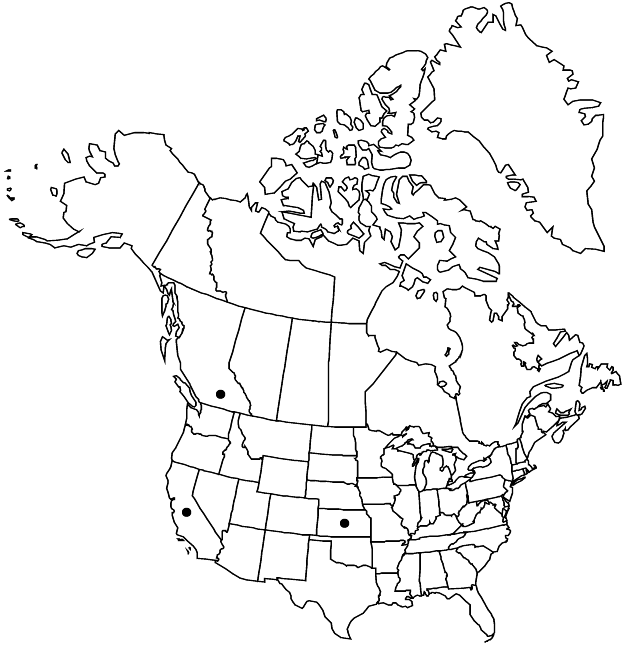Difference between revisions of "Sagina apetala"
Animadv. Bot. Spec. Alt. 2: 22, fig. 1. 1764.
imported>Volume Importer |
imported>Volume Importer |
||
| Line 56: | Line 56: | ||
|publication year=1764 | |publication year=1764 | ||
|special status=Introduced | |special status=Introduced | ||
| − | |source xml=https:// | + | |source xml=https://bitbucket.org/aafc-mbb/fna-data-curation/src/2e0870ddd59836b60bcf96646a41e87ea5a5943a/coarse_grained_fna_xml/V5/V5_299.xml |
|subfamily=Caryophyllaceae subfam. Alsinoideae | |subfamily=Caryophyllaceae subfam. Alsinoideae | ||
|genus=Sagina | |genus=Sagina | ||
Latest revision as of 22:10, 5 November 2020
Plants annual, glandular-pubescent. Stems ascending to decumbent, much-branched, filiform, glabrous or sometimes glandular-pubescent. Leaves: axillary fascicles absent; basal sometimes in rosettelike whorl, withering early; cauline leaves connate basally, proximal blades linear, 4–8(–12) mm, not fleshy, apex aristate, with hyaline portion of leaf base long-ciliate, cilia occasionally occurring length of leaf (sometimes lacking cilia), distal blades linear to subulate, 1–3 mm toward apex. Pedicels filiform, glandular-pubescent. Flowers axillary, sometimes terminal, 4-merous, very rarely 4- and 5-merous; calyx glandular-pubescent; sepals ovoid to elliptic, sometimes lanceolate, 1.5–2 mm, hyaline margins white, apex somewhat acute, glandular-pubescent, divergent at capsule dehiscence; petals nearly always absent, minute if present; stamens 4(–5). Capsules 1.5–2(–2.5) mm, equaling or barely longer than sepals, dehiscing to base. Seeds brown, obliquely triangular with abaxial groove, 0.3–0.4 mm, smooth, pebbled, or frequently papillose. 2n = 12.
Phenology: Flowering spring–early summer.
Habitat: Open places, hard-packed soils around buildings, paths, roadsides, sidewalk cracks, grassy hillsides, streambanks
Elevation: 0-1300 m
Distribution

Introduced; B.C., Calif., Kans., Europe.
Discussion
Historical collections of Sagina apetala are known from Illinois, Louisiana, Maryland, New Jersey, Oregon, and Washington.
Selected References
None.